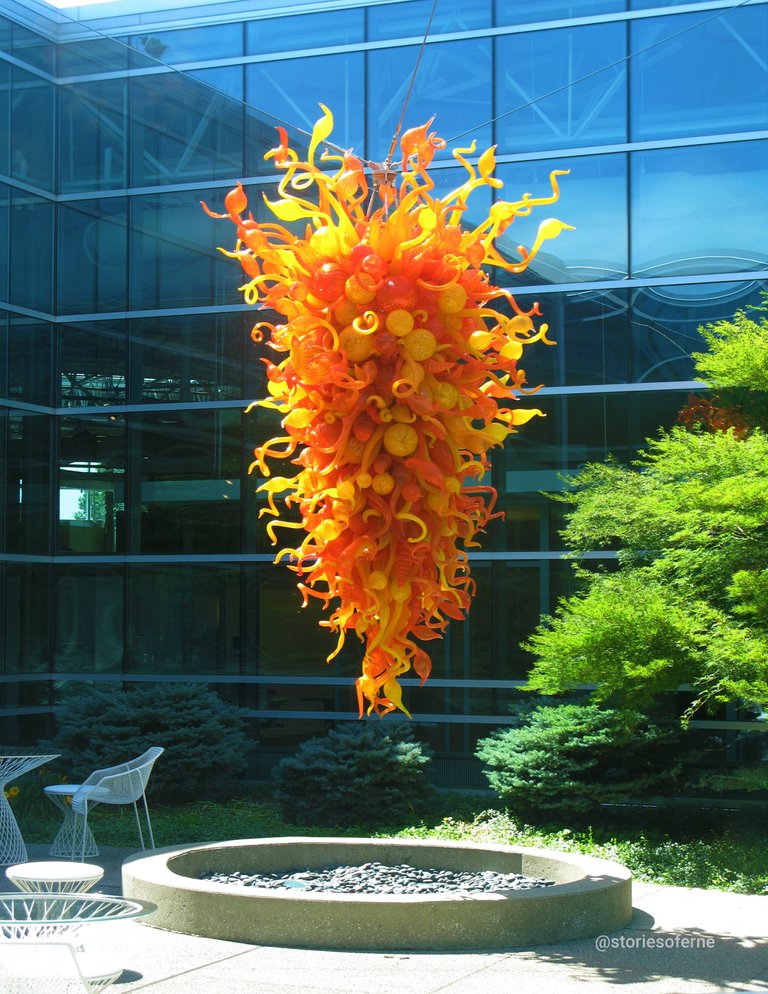
Our Planet's Wellness Crisis
Stress. Depression. Anxiety. Sleep Disorder. Heart Disease. Weight Gain. Poor Performance. These are simply some of the global health issues that the World Health Organization has enumerated as a result of unfavorable conditions in both existing and proposed built environments.
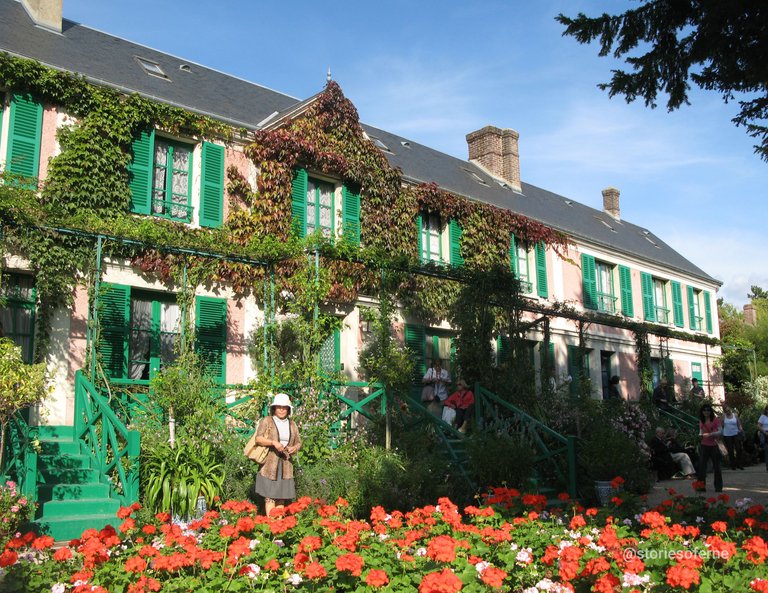
Our inclination towards nature as human beings have been embedded in our genetic profiles since life began sprouting during the evolution of the universe. To illustrate, people are often perplexed on why patients in hospitals who are exposed to sceneries of nature heal more quickly than others. Or why do travelers prefer accommodations that are equipped with majestic window views of the ocean, mountains, or gardens? Or why we have the tendency to be attracted to our natural surroundings during times of unmotivated moods? The enormous benefits of nature and what it can offer to humanity merely outweigh the disadvantages.
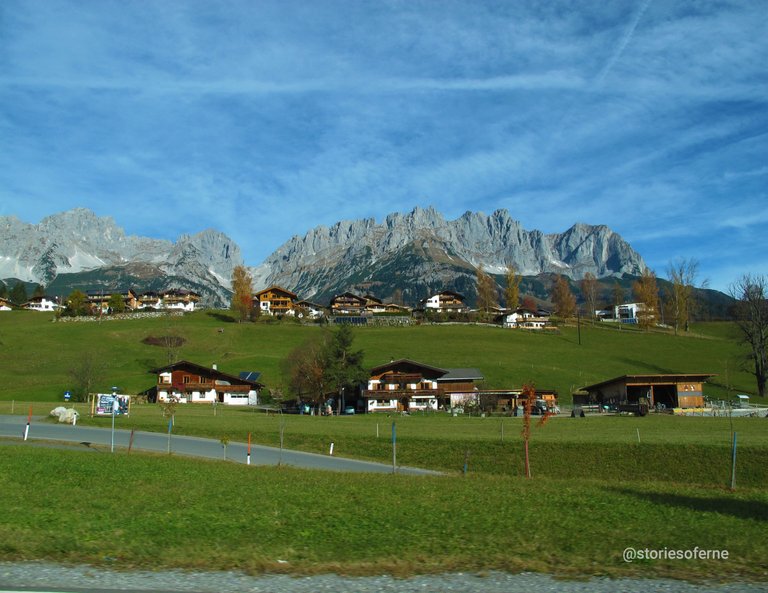
However, due to mankind's negligence, carelessness, and recklessness, our planet has deteriorated over time - directly impacting both natural and man-made habitats in the long run. There is a fatally increasing disconnect between people and the natural world. Hence, something needs to be done, and fast!
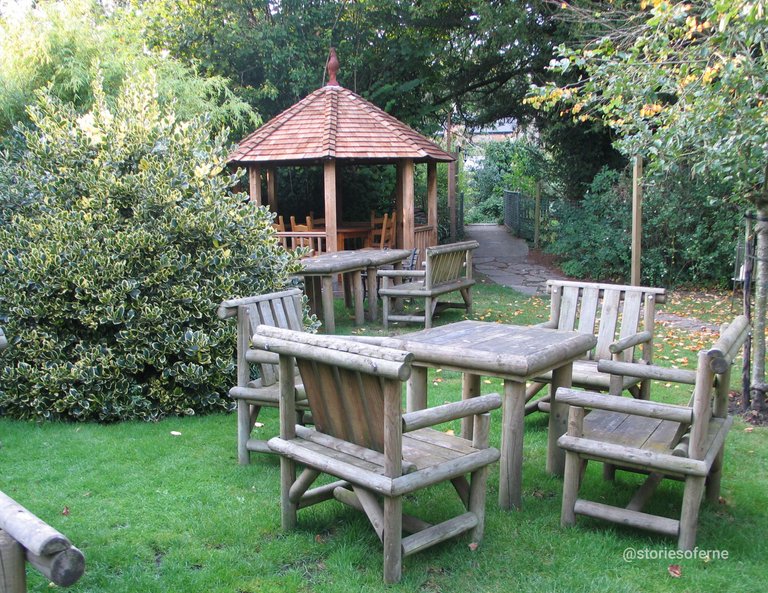
Architects and designers around the world have been scrambling for effective solutions to heal our natural resources thereby also positively influencing its inhabitants in terms of overall health, well-being, and productivity. Moreover, sustainability or commonly known as green architecture has become a popular practice in the development and design of more efficient, cleaner, and eco-friendly buildings since the critical dilemma of climate change had begun plaguing us.

Of all these revolutionary movements, one field of architectural science has definitely proven itself to be an effective antidote for our planet's health crisis. Introducing: Biophilic Design.
What is Biophilic Design?
This is unfamiliar terminology, especially for individuals who care less about nature and are not mindful of their natural environments. On the other hand, Biophilic Design is in a constant search for various ways to connect our built spaces to nature. Derived from the term Biophilia which means love of nature, human beings have been wired to their natural surroundings since birth.

Considered as one of the most influential pioneers of this industry, Stephen R. Kellert, a highly respected professor of social ecology at the Yale School of Forestry & Environmental Studies (F&ES) currently renamed to the Yale School of the Environment in the United States, clearly defined:
Biophilic Design is a concept used within the building industry to increase occupant connectivity to the natural environment through the use of direct nature, indirect nature, and space and place conditions.
Stephen R. Kellert
It is regarded as the missing link that completes our continuous drive for sustainable development in our physical surroundings. Implemented for homes, buildings, and on larger scales such as city-wide coverage and urban master plans, it is reasoned that this design niche has healthy, environmental, and economical value for occupants of constructed spaces and urban areas.
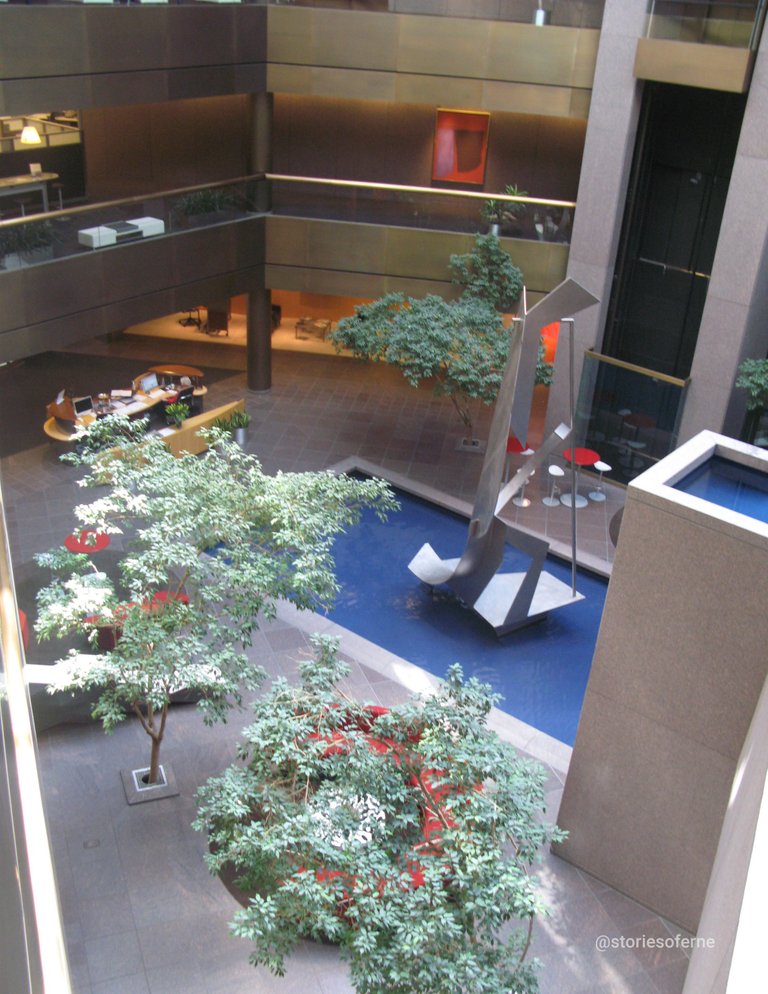
Although the name Biophilia and Biophilic Design have been invented in recent years, this proven technology had its roots as ancient as the Hanging Gardens of Babylon where its beneficial healing outcomes have been experienced.
What is NOT Biophilic Design?
If the principles of architecture and design do NOT emphasize the elements of the natural environment that offer value to human health, lifestyle, and productiveness in our continuous quest for survival and growth, it is not biophilic.
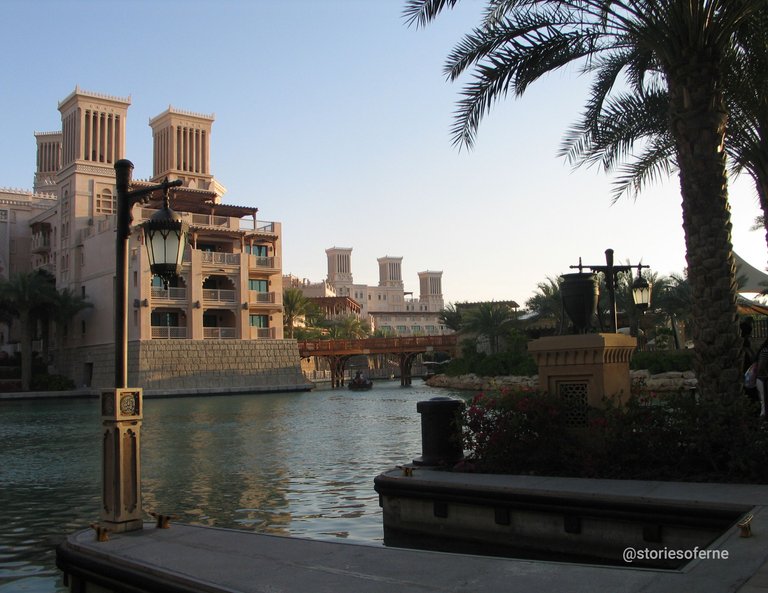
The following are some vital indicators and distinctive characteristics that show non-biophilic versus biophilic processes in our built worlds:
Natural environments that do not improve mankind's health, well-being, and productivity are not considered effective factors for the process to have merit.
If human exposures to nature only occur occasionally and are seldom present in experiences, it is not biophilic. There must be a repeated and continuous connection to nature for positive results to happen.
There must be a holistic bridge between built spaces and the natural surroundings to create a truly integrated biophilic environment. If the proposed areas are isolated, disconnected, and away from the overall contextual setting, then it is not biophilic.
Emotional human attraction and feelings of connectedness to the natural habitats and built spaces must be clearly evident for biophilic design to be effective.
Biophilic design must motivate a sense of community with the social interaction of meaningful relationships caused by natural environments. Without the sense of belonging, there is no impact thus is not biophilic.
In today's modern habitats where we spend a large majority of our lives indoors, and due to the increasing use of electronic gadgets like smartphones and game consoles, plus the addictive activities caused by the Internet, Biophilic Design and its healing processes have been greatly challenged on a daily basis.

Therefore, to combat these critical issues, 3 effective principles and practical applications have been outlined in the paragraphs below to ensure healthier spaces and more productive built environments.
1. Direct Exposure to Natural Environments
This principle of Biophilic Design points to our authentic interaction with different environmental characteristics that are evidently present in our surroundings.
ELEMENTS OF NATURE. Natural components like water, fire, air, light, plants, and animals have a profound effect on people's well-being. These natural elements with their diverse mix of various life-forms, contribute to the bigger scope of ecological processes that occur within our planetary habitats. Moreover, direct exposure to these natural objects has been proven to strengthen people's innate connection to nature.
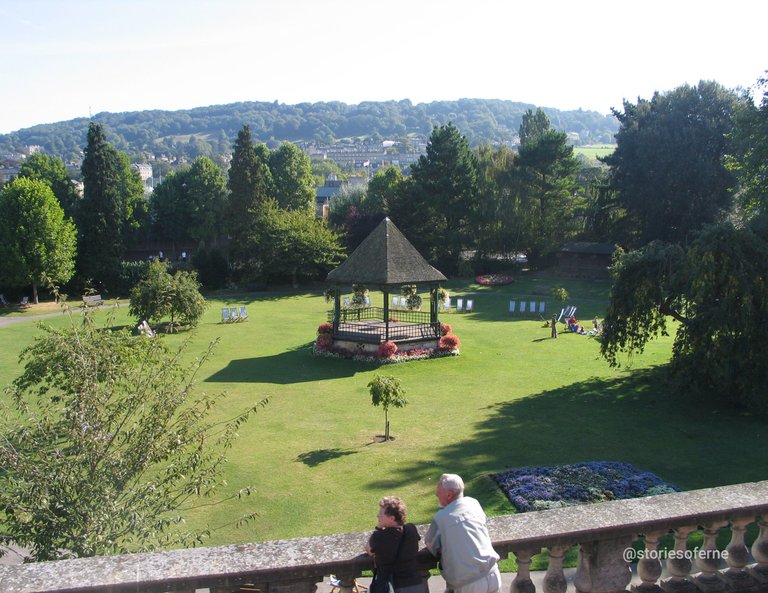
NATURAL SCENERIES & ECOSYSTEMS. Exposure to this interconnected network of plants, animals, rocks, soil, water, and geological processes is vital for human evolution. The direct experience of these sustainable environments is absolutely refreshing and welcoming. Due to their richness in biological diversity, design strategies would include the construction of aquatic areas such as wetlands, forest regions, green roofs, and other sustainable natural systems.
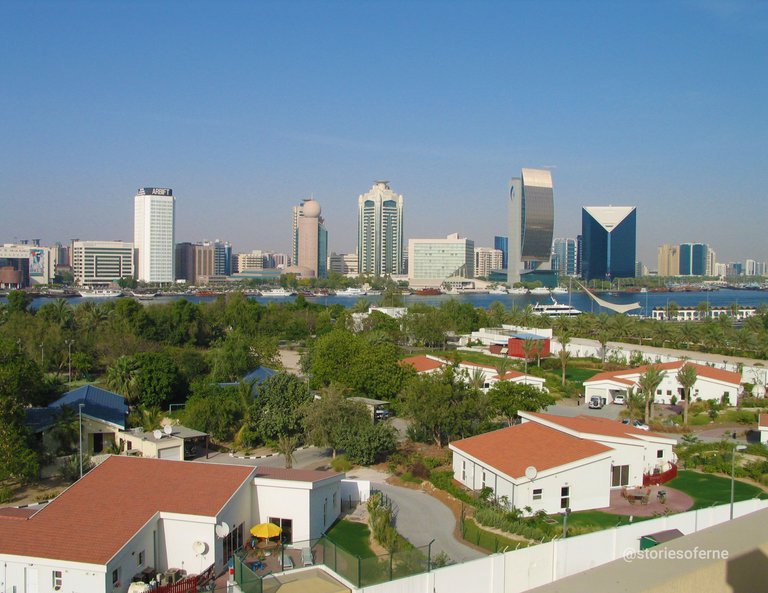
WEATHER PATTERNS. People's responses to climatic changes have been imminent since time immemorial. The interesting relationship between the built environments and their immediate surroundings has direct consequences on the experiences of the occupants of spaces. Strategies in architecture and design include full-height windows, outdoor terraces, and cantilevered platforms like balconies, patios, gardens, and many more.
2. Indirect Exposure to Natural Environments
This principle of Biophilic Design is based on the visual and other sensual representations of nature such as photographs of natural scenes, paintings depicting natural forms, textiles and fabrics, wood and other natural materials, plus distinctive furniture that evoke our emotional connections with nature.
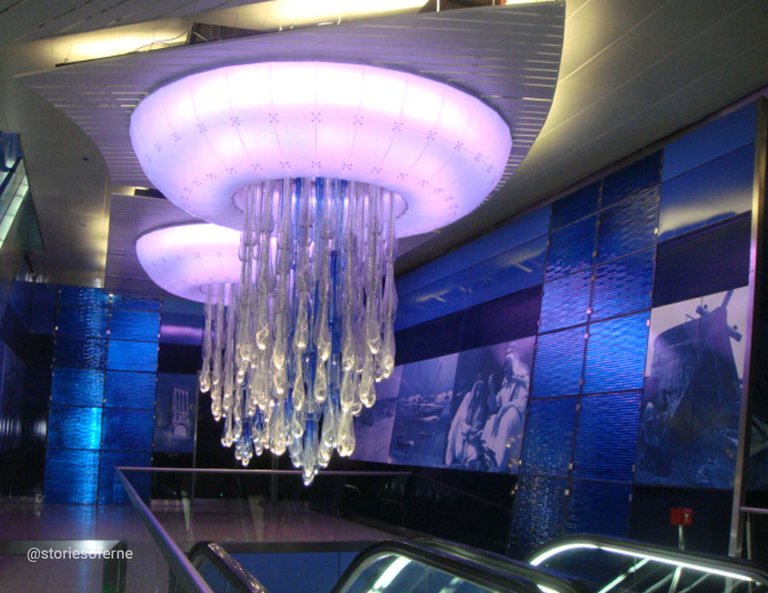
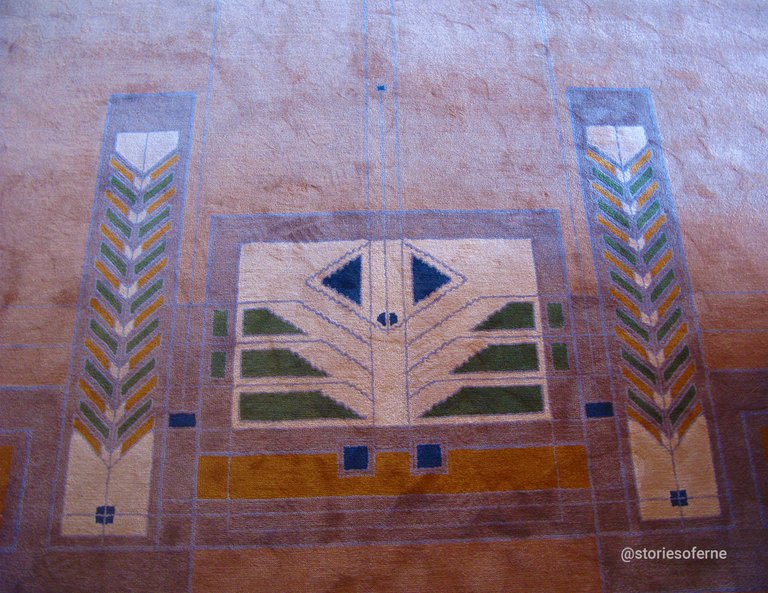
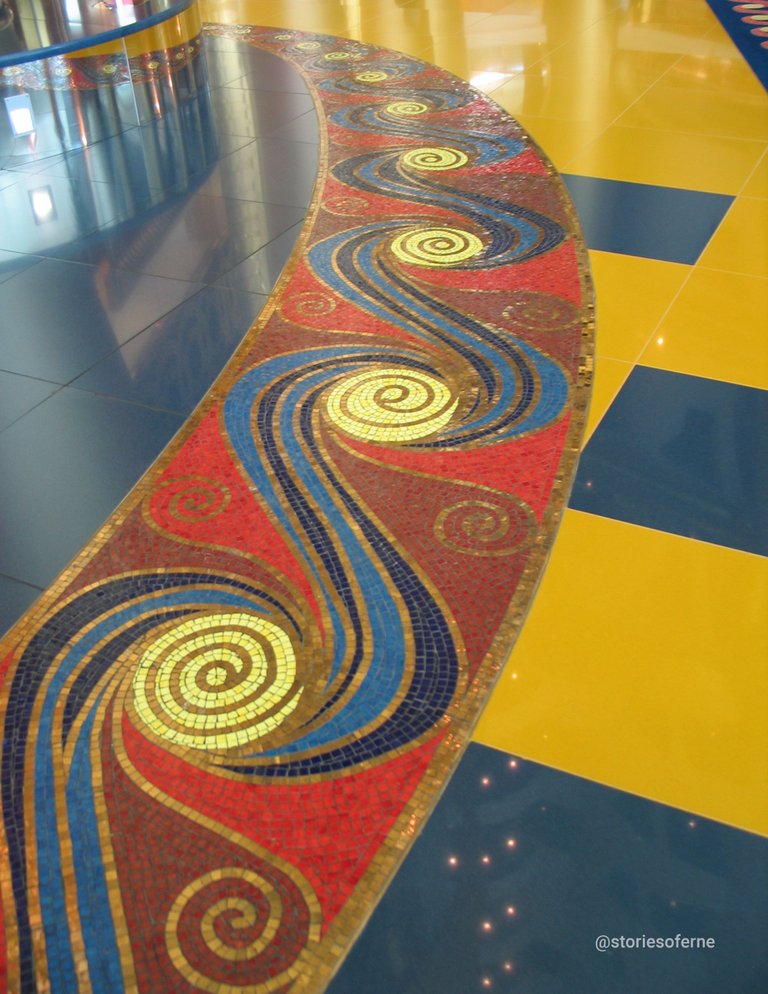
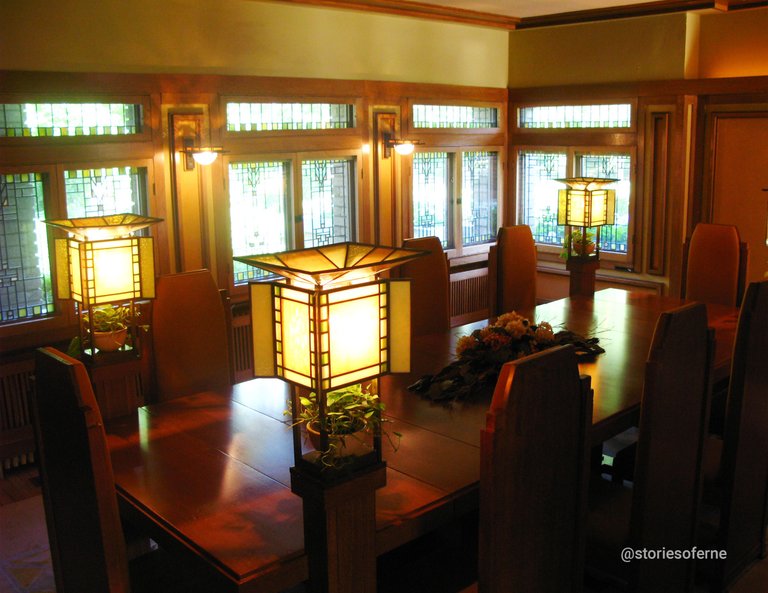
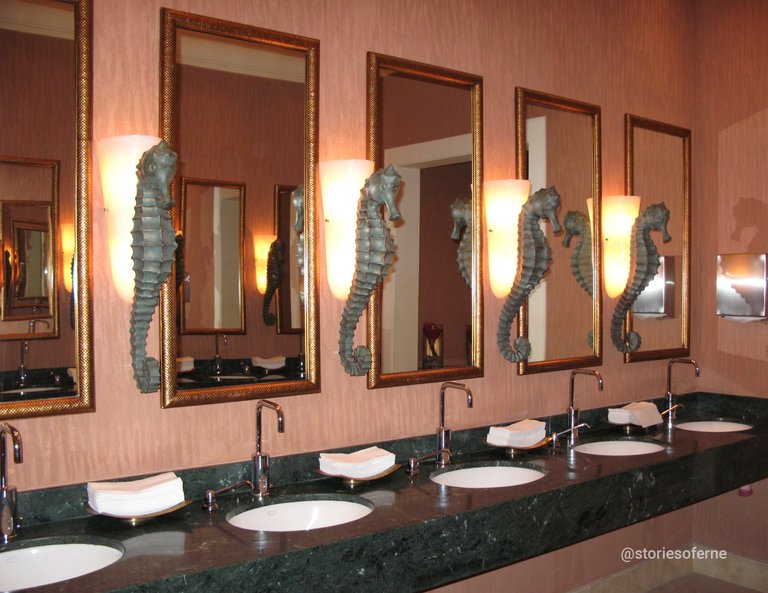
Other ideal examples of these represented natural elements include graphical images, pictures, natural colors and materials, natural patterns, forms, shapes, and geometries of certain architectural details, Biomimicry, and other relevant transformations of nature from its original states.
3. Human Experiences in Built Environments
This principle of Biophilic Design refers to a built environment's spatial features and characteristics that influence the experiences of its human occupants.
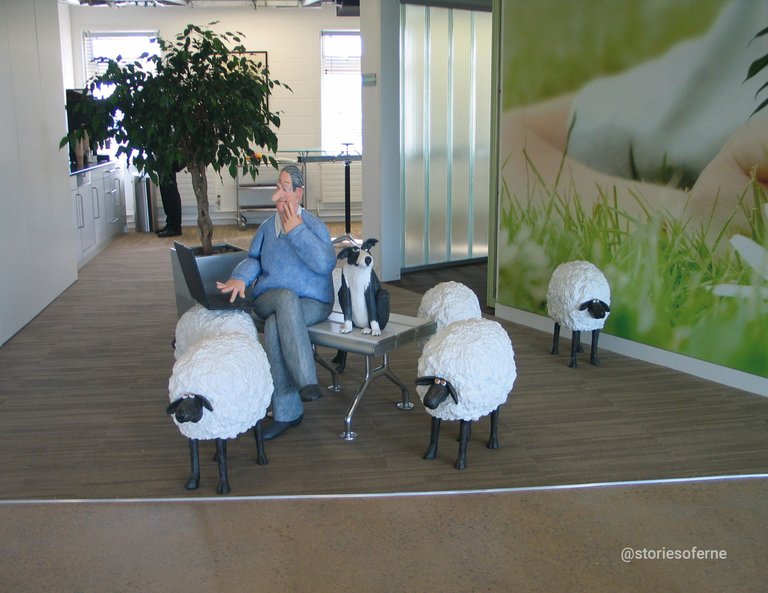
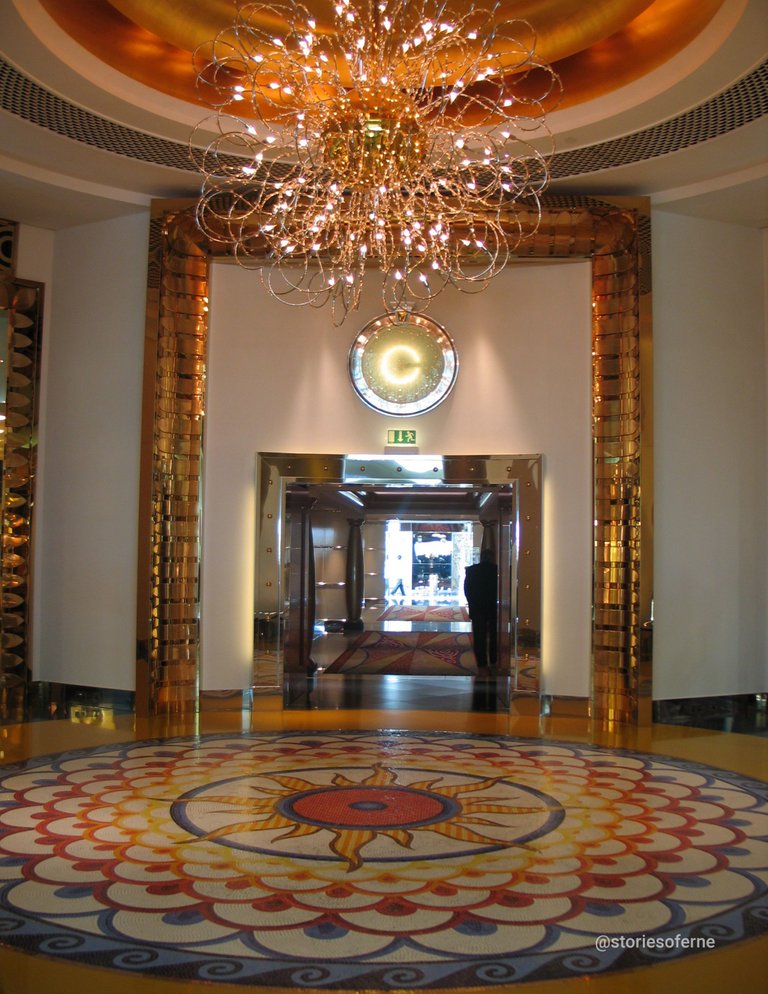


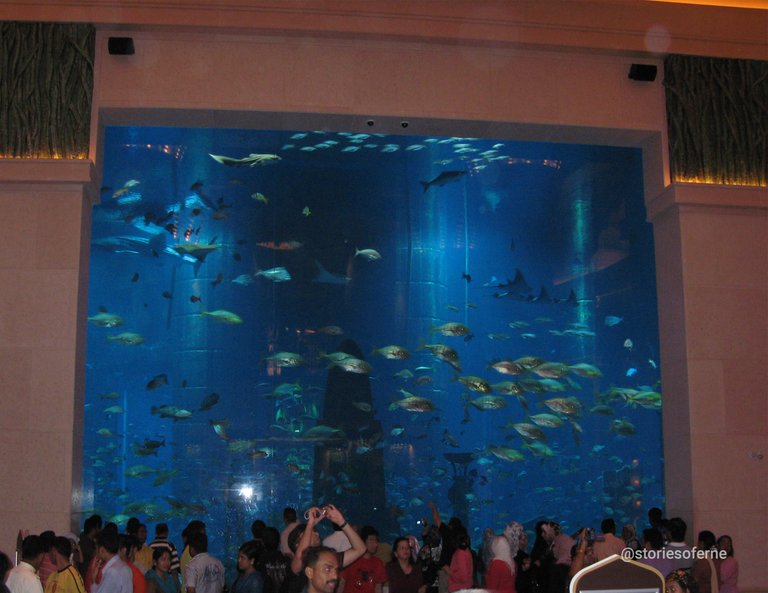
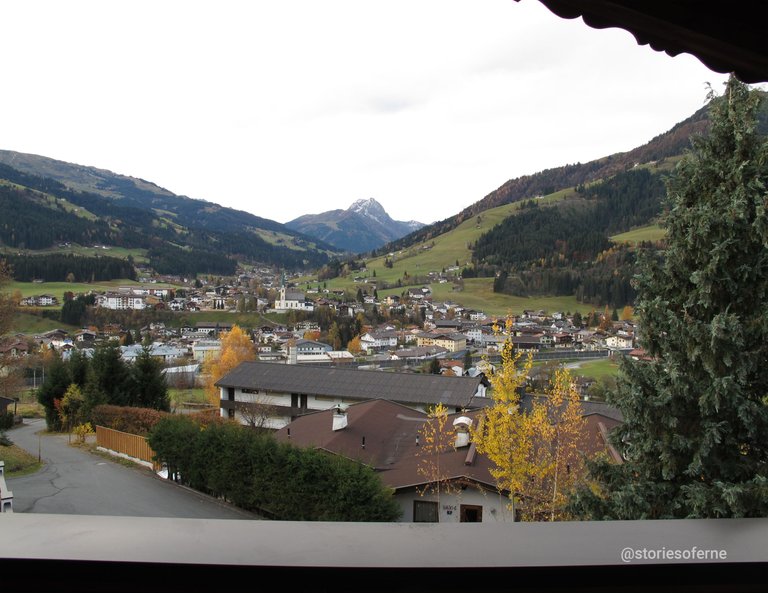
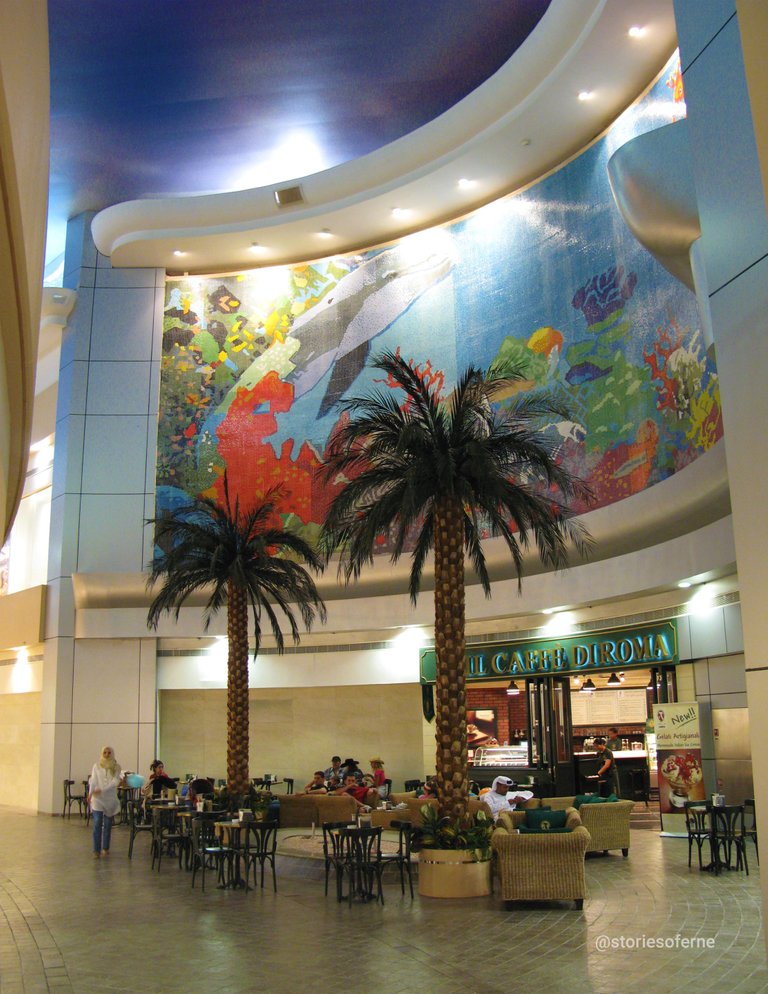
Some of the most important experiential factors involved in this connection between people and nature include welcome, promenade and spatial transitions, panoramas and vistas, prospect and refuge, and other significant experiences that are caused by the interaction between humans and nature.
Mother Nature: The Key to Well-being
Nature definitely heals. No doubt about that. A conducive habitat that is fit for the continuous evolution of its occupants must be healthy and productive places where people can operate to their maximum potential.


The healing connection between these natural and constructed ecosystems must be sufficient for mutual relationships to thrive and benefit the greater whole than the compilation of its individual parts. In other words, these human and natural links must contribute to the effective coherence of the entire environment.
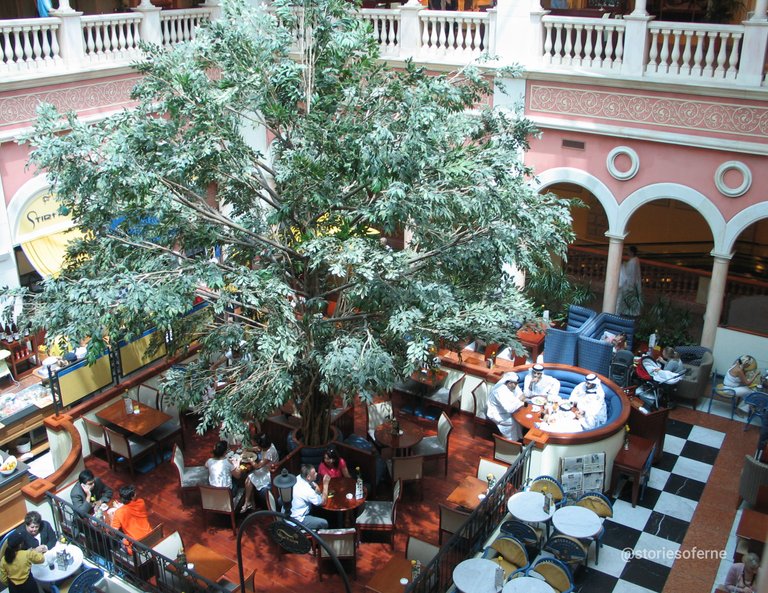
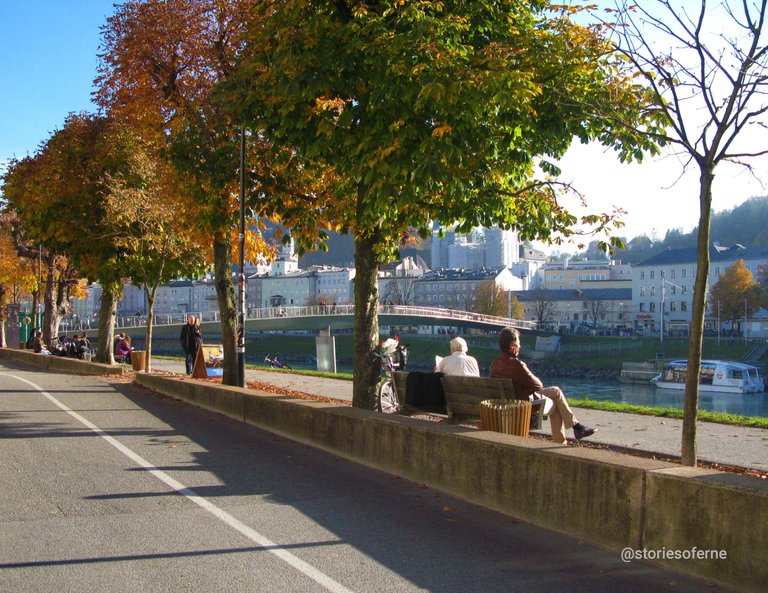
The numerous benefits of Mother Nature being embedded in Biophilic Design definitely promote and boost positive results in people as long as the vital connection to the natural world are strongly developed in the various habitats and built environments that surround their world every day. It is the consistent maintenance of our quality relationships with our natural world that would sustain humanity and our precious planet for eons ahead.
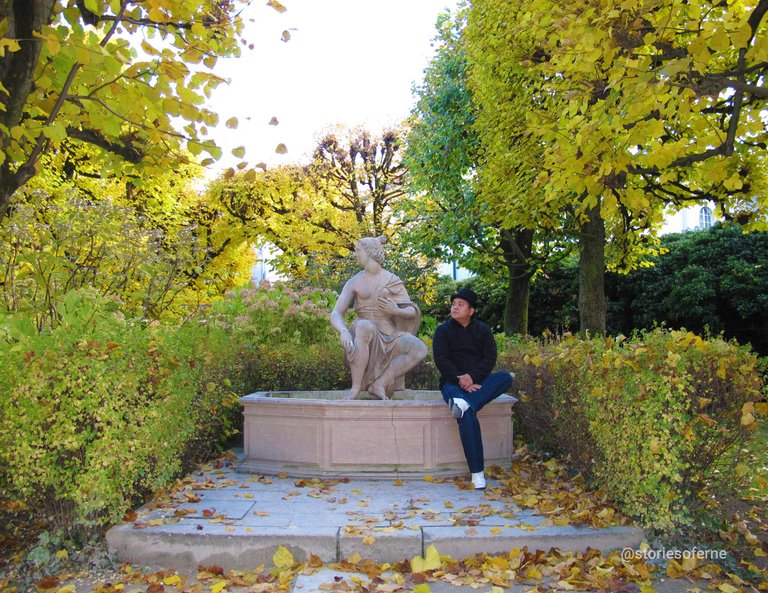
Biophilic Design is indeed a potent remedy to transform unhealthy spaces into vibrant spatial atmospheres and physical environments that truly enhance our health, well-being, and productivity.
#Hive, how has nature influenced your health and well-being within a built space?


Biophilic and Biomimicry are a good concept in design. These two design philosophy are one of the things that I feel interesting to read and understand. Integrating nature and natural process in structures helps our wellness and maintain peace. I agree with you that our inclination to nature is imprinted in our DNA. I learned a lot from reading this blog. !PIZZA
@storiesoferne! I sent you a slice of $PIZZA on behalf of @juecoree.
Learn more about $PIZZA Token at hive.pizza (2/10)
Definitely @juecoree. Those 2 scientific disciplines are extremely valuable for the architecture and design professions. I don't know of other specialized niches that have a significant impact on the sustainability of our planet and the ultimate survival of the human race. Thank you for absorbing this vital content and for the delicious pizza! 😊 See you soon!
Hello Erne, your post made me think about how biophilic the design of the current project I'm working on is at the moment. So far, the majority of the criteria are present but there's still room for improvement. Thanks for this inspiring post.
Indeed Arni. If you will, it's great to allow Biophilic Design to be subconsciously embedded in your typical design thinking processes. It becomes automatic in every project you tackle, thus transforming you into a heroic stewardess for our environment, hehe. I'm glad my post has helped influence your work. Happy weekend!
I learned a lot again in reading your piece. I now understand that architecture and design are very profound fields. I now know that architecture and design aren't just erecting buildings and structures, creaing furnitures, and the like, there are more than meet the eye.
Thank you @afterglow for digesting my educational post! Exactly, architecture and design do not only highlight their visual implications but also have other equally significant influences on the community. I hope you can apply what you've learned here in your daily life and in the various built and natural spaces that surround you.
You're welcome @storiesoferne and thank you also becasue I am leraning a lot from you.
With pleasure! Looking forward to your next awesome post in our community.
In my opinion, biophilic design is starting to become a priority everywhere.
maybe now in general we can pay attention in coffee cafes and tourist spots.
Absolutely @deltasteem, Biophilic Design must be our utmost priority today for humanity and planet Earth to continue existing and growing for years to come. Built spaces like coffee shops and tourist attractions must also incorporate different natural elements so as to provide healing experiences for their users. Many thanks for your opinion!
.. you're welcome @storyoferne... hope you are always healthy there ;)
You too there. Take care of yourself and your family. I'm already excited to experience your next beautiful publication in our community. 😊
thank you @storyoferne
In a few days, the table project process, which is the result of a unique color collaboration from a mixture of natural wood colors, will appear in this beloved architectural design community.
Oh wow! Can't wait to see your interesting post, hehe. Thank you so much for your valuable support, and all the best!
¿Cómo ha influido la naturaleza en tu salud y bienestar dentro de un espacio construido?
Afortunadamente nací, me criaron, crecí y actualmente vivo en un ambiente rodeado de naturaleza, desde niño la montaña, el río, los campos, animales y espacios cargados de mucha vida y salud me rodearon. Nunca me he separado por completo de lo que siempre ha sido mi entorno. Actualmente vivo en una zona urbana pero diseñada para estar en armonía con la naturaleza y el medio ambiente. El concepto Diseño Biofílico no lo había escuchado antes pero si lo había visto al ser incorporado en algunas construcciones que además de confortables te dan sensación de estabilidad emocional y paz espiritual porque el ser humano es uno con la naturaleza, no se puede desligar de lo que por Creación Divina forma parte de él: “Recuerda que eres polvo y en polvo te convertirás”.
Por cierto, existe una terapia anti estrés la cual consiste en caminar descalzo sobre la tierra, hierba, arena, arcilla u otro elemento natural, esa terapia se llama earthing, también conocido como grounding concepto que muchos están agregando a sus diseños, especialmente los que tienen casas grandes con patios porque, según dicen, es beneficioso para la salud.
muchos beneficios para la salud, puesto que es un hábito que contribuye a eliminar la electropolución, ese ‘mal’ invisible del que todos estamos rodeados, aparatos de radio, televisiones, frigoríficos, hornos, despertadores, todos esos compañeros de casa que producen una contaminación electromagnética que es responsable de dolores de cabeza, ansiedad o fatiga injustificados según la legión de seguidores del earthing. en pocas palabras, caminar descalzos directamente en la naturaleza protege al organismo de los daños originados por campos electromagnéticos. NOTA: Perdóname si me desvié un poco del tema central Diseño Biofílico. Lo cierto fue que te respondí jejejejeje Te aprecio desde la distancia. Dios te bendiga amigo y gracias por compartir publicaciones tan extraordinarias como esta. Felicitaciones.
Fortunately I was born, raised, grew up and currently live in an environment surrounded by nature, since I was a child the mountain, the river, the fields, animals and spaces full of life and health surrounded me. I have never completely separated myself from what has always been my environment. I currently live in an urban area but designed to be in harmony with nature and the environment. I had not heard the concept of Biophilic Design before but if I had seen it being incorporated in some constructions that besides being comfortable give you a feeling of emotional stability and spiritual peace because the human being is one with nature, it cannot be separated from what by Divine Creation it is part of it: "Remember that you are dust and you will become dust."
By the way, there is an anti stress therapy which consists of walking barefoot on the earth, grass, sand, clay or another natural element, that therapy is called earthing, also known as grounding concept that many are adding to their designs, especially those that They have big houses with patios because, they say, it is good for health.
many health benefits, which is a habit that contribute to eliminating electro-pollution, that invisible 'evil' that we are all surrounded by, radios, televisions, refrigerators, ovens, alarm clocks, all those housemates that produce pollution electromagnetic that is responsible for unwarranted headaches, anxiety or fatigue according to the legion of followers of earthing. in a few words , walking barefoot directly in nature protected to the body from damage caused by electromagnetic fields. NOTE: Forgive me if I strayed a bit from the central theme Biophilic Design. The truth was that I answered you hehehehehe I appreciate you from a distance. God bless you friend and thank you for sharing such extraordinary posts as this one. Congratulations
Thank you, friend Marcos for your remarkable comment! As a wonderful tribute to celebrating June 5 as World Environment Day, this publication couldn't be more perfect in raising awareness for our global citizens to continue taking great care of our natural surroundings. You may not be familiar with Biophilic Design during a time in your life when you were fully exposed to the beautiful gifts of Mother Nature like the mountains, rivers, animals, fields, and other green spaces, but I bet you've obviously tasted its numerous healing effects and testified to its effectiveness.
That concept you've shared about "Earthing" or "Grounding" is definitely a pragmatic method of protecting ourselves from harmful electromagnetic pollution due to our ever-increasing technologies. Likewise, it's also a healthful way to connect to nature. (I love to walk barefoot on the white sandy beaches of our tropical islands.) Always grateful for your valuable support. Virtual hugs and infinite blessings to you and your family @marcosmilano71!
Wow great topic which is inspiring to read thru Biophilic design in built envirionment. I been attended some classes and seminars with related to Biophilic design. It is good that to link and connect the nature into architecture world which is healing the environment in positive way.
THANK YOU FOR YOUR GREAT POST! KEEP IT UP @storiesferne! :)))
That's true Cherry. Topics about nature and other related disciplines always come in handy when talking about ways of healing our world. With your professional experience in Landscape Architecture, I'm pretty sure the important science of Biophilic Design is compulsory to your education as this would boost more of your understanding of green habitats and ecosystems. Thank you @cherryng for taking the time to experience my content! I also look forward to your next great post in our A+D community. Have a safe and awesome one! 😊
We are turning our backs on nature and it punishes us, with great rains or droughts.
Cities only grow concrete trees, but I think I am lucky, my city is surrounded by mountains except for a part that faces the sea, so we are lucky.
There are also many green areas, the countryside relaxes and reassures me but the sea gives me peace.
I love nature and I see it as very important, but even if they see the poles melt and the equator is dying of thirst, many people take it as a joke.
Nature embraces us and rocks us so that our soul calms down
Happy saturday friend
Hello @txatxy. Nature should be our number one ally, not our worst enemy. Thus, instead of transforming our cities into purely concrete jungles, we must allocate more open spaces and neglected areas for green zones where natural ecosystems could thrive for longer periods of time. At the end of the day, it's still us who will be harvesting the fruits of our labor and enjoying the numerous healing experiences of the natural world. You're truly blessed to be residing in a beautiful city that's rich with Mother Nature and respects the environment, congrats on that! Have a wonderful weekend friend!
An exhibition that seems really interesting to me, but unfortunately (it is only an opinion) has a brutal globalization as a counter effect, which does not believe that it always allows its use or that these are not accessible to everyone. I say this more than anything, because currently, in large and overcrowded cities, such as Madrid, my city, they are beginning to take advantage, if not all, of many of the spaces for the construction of more housing blocks that I am afraid they do not include these new conceptions do not take into account that affinity between the human being and his environment, as it should be. But it is good to know that there are solutions and that today's architects are diligent in their proposals. Best regards.
Yes, that's correct. As urban areas would eventually become larger due to population explosion and the deforestation of our green habitats, it's crucial to be truly mindful of humanity's innate link to nature. There should be a right balance between the construction of built environments and the continuous care and development of our natural world for the planet to survive and flourish. It's definitely a huge relief that architects and designers nowadays are taking these vital factors into consideration. Thank you @juancar347 for your profound insights!
Mother Nature is truly the key to well-being! Biophilic design is certainly new subject and it was interesting to learn about it through your detailed description, Thank you for insightful publication. It is healthy to learn some thing or other frequently.
I was very curious to know about Indirect Exposure to Natural Environments and now learning about the geometric shapes, biomimicry, arts, graphics can connect us to nature just reminded me of the wallpaper of leaves I have at home, the little graphics I pasted on my wall, they all makes me feel good as they represent mother nature indirectly.
Keep sharing informative posts, have a great weekend:) @storiesoferne
Hello @sahiba-rana. Indeed, Mother Nature, whether we like it or not, will always be part and parcel of our planet's ecosystem. As human beings, we are simply part of nature, and if we disconnect from it, we surely would disconnect with ourselves. I'm glad you've learned something valuable in my post, and have realized that natural geometric shapes, like your wallpaper of leaves and graphic art at home, also influence us in a healthful manner. Happy weekend and thank you for your beautiful remark!
Hey @storiesoferne
Biophilic is a great subject to ponder upon. Believing in mother nature and it's healing power and bringing it into our built environment is powerful way to heal.
The pictures are interesting and on point to the description. I appreciate your efforts to bring in something useful and learning experience through the wonderful blog.
The design should be made and moulded for users always.
As far as my influence from nature is concerned, I have a little home garden on terrace and couple of bougainvillea's on my working table, they are the ultimate stress relievers.
Hope you are staying safe and healthy, keep flourishing!
Certainly, Biophilic Design is an emerging discipline in the building industry, if not, currently is the most revolutionary of architectural science's quest for sustainability and long-term growth of our built and natural worlds. For architects like us, this is a massive leap towards a more satisfactory design process, knowing that the users of our various projects would eventually experience authentic healing, well-being, and productivity. Your terrace garden and Bougainvilleas are perfect examples of strengthening your connection to nature, awesome!
May I know some obvious physical signs or feelings that your stress has been relieved by those exposures to nature @praditya?
I have Bonsais too, They are really good for mental wellbeing. during breaks from work at home I drink coffee sitting by the side of my plants on terrace, It's the best refreshing feeling and just charges you up to perform even better after break.

Oh, that's wonderful! You are indeed serious about keeping stress at a distance. I'm also an avid coffee drinker and the idea of having Bonsais, Bougainvilleas, and other green friends of the plant kingdom close by sounds like a rejuvenating experience to energize your mood. Thank you for your excellent feedback! 😊
Oh wow absolutely amazing! I think this is alot of the stuff that is currently happening in my community. Definitely newer areas and redevelopments are focusing more on bringing the outside in and it is wonderful. Thank you for sharing.
I'm truly happy for your community! Bringing nature closer to people will always pay off in the long run. Perhaps you could also feature some Biophilic Design initiatives from your municipality in one of your future posts? What do you think @melbourneswest?
Sounds like a wonderful idea. I was just trying to think about what one I should showcase. There is still alot of building and development going on but the older established areas might have some
I agree! I'm pretty sure there are lots of interesting gems of architecture and design just waiting to be discovered there. Thank you for your valuable support, as always!
Hi! I love your post. Is really import havE urbans at nature and architecture togethetter
Thank you @feiderman for your appreciation!